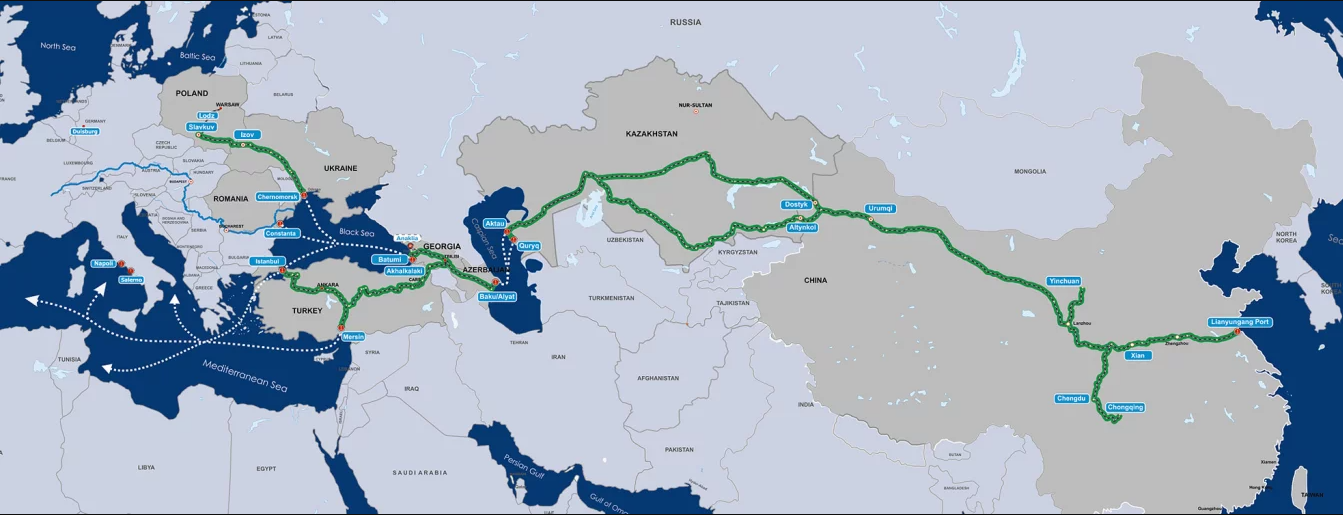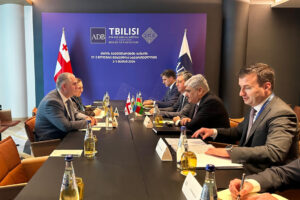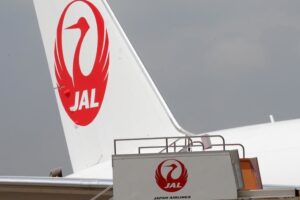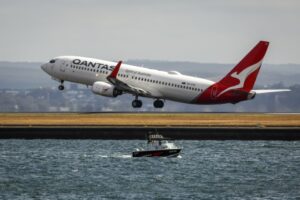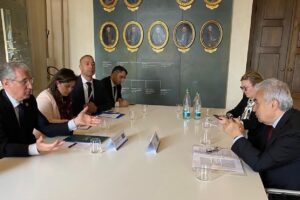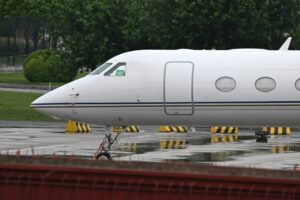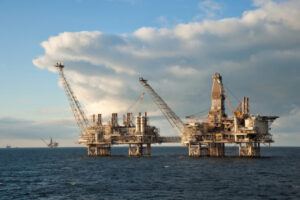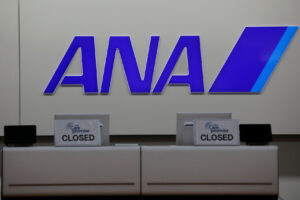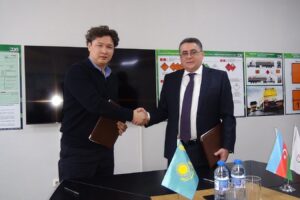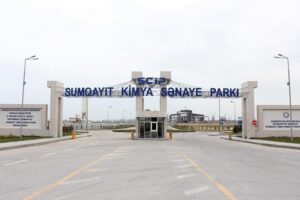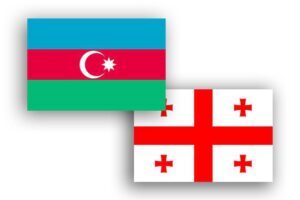Tokyo, 23 April, /AJMEDIA/
Increasing the use of containers in cargo transportation along the Trans-Caspian International Transport Route (TITR, or Middle Corridor) will help optimize cargo handling, Irakli Danelia, Central Asia and Caucasus Region Business Development Manager at Maerks, told AJMEDIA.
“Regarding the World Bank’s report and EBRD’s research, it is indeed relevant and realistic to consider the costs involved. However, the implementation of such initiatives depends on the willingness of markets to act swiftly, as time is of the essence in this matter. The primary focus should be on converting export bulk cargo into containerized shipments. This involves rapidly increasing the use of containers, with the goal of optimizing cargo handling,” he said.
According to him, Maersk believes that all industry stakeholders should dedicate time and efforts to this endeavor, as it is crucial yet challenging.
“In Central Asia, the majority of exported goods are traditionally transported in bulk. Therefore, there is a need to raise awareness about the advantages of containerization, which include standardization and streamlined operational processes. Additionally, stakeholders should emphasize the economic benefits of containerization, especially within a multimodal transit corridor like the Middle Corridor,” he said.
Danelia noted that if all stakeholders, including governmental institutions, the private sector, local operators, and global companies, coordinate efforts to increase awareness and educate cargo owners about the importance of containerization, significant progress can be achieved. “This coordinated approach will help convey the benefits of containerization at a regional level and align expectations with a realistic and relevant timeframe,” he noted.
Meanwhile, in 2023, the World Bank published a report on the development of the Middle Corridor, according to which a combination of investments and efficiency measures can reduce travel times along the corridor by half and triple trade flows by 2030.
In WB’s view, near-term efficiency gains and medium-term investments will strengthen the functioning of the Middle Corridor and harness its potential to invigorate regional trade. This requires steps to improve coordination, logistics, and digitalization, while critical investments are needed to upgrade railways, intermodal facilities, and ports in Azerbaijan, Georgia, and Kazakhstan.
The Middle Corridor is a transportation and trade route that connects Asia and Europe, passing through several countries in the region. It is an alternative route to the traditional Northern Corridor and Southern Corridor.
The route starts in China and crosses Central Asian countries such as Kazakhstan, Uzbekistan, and Turkmenistan. It then passes through the Caspian Sea, Azerbaijan, Georgia, and Türkiye before reaching Europe.
The Middle Corridor offers a land route that connects the eastern parts of Asia, including China, with Europe, bypassing the longer maritime routes.

